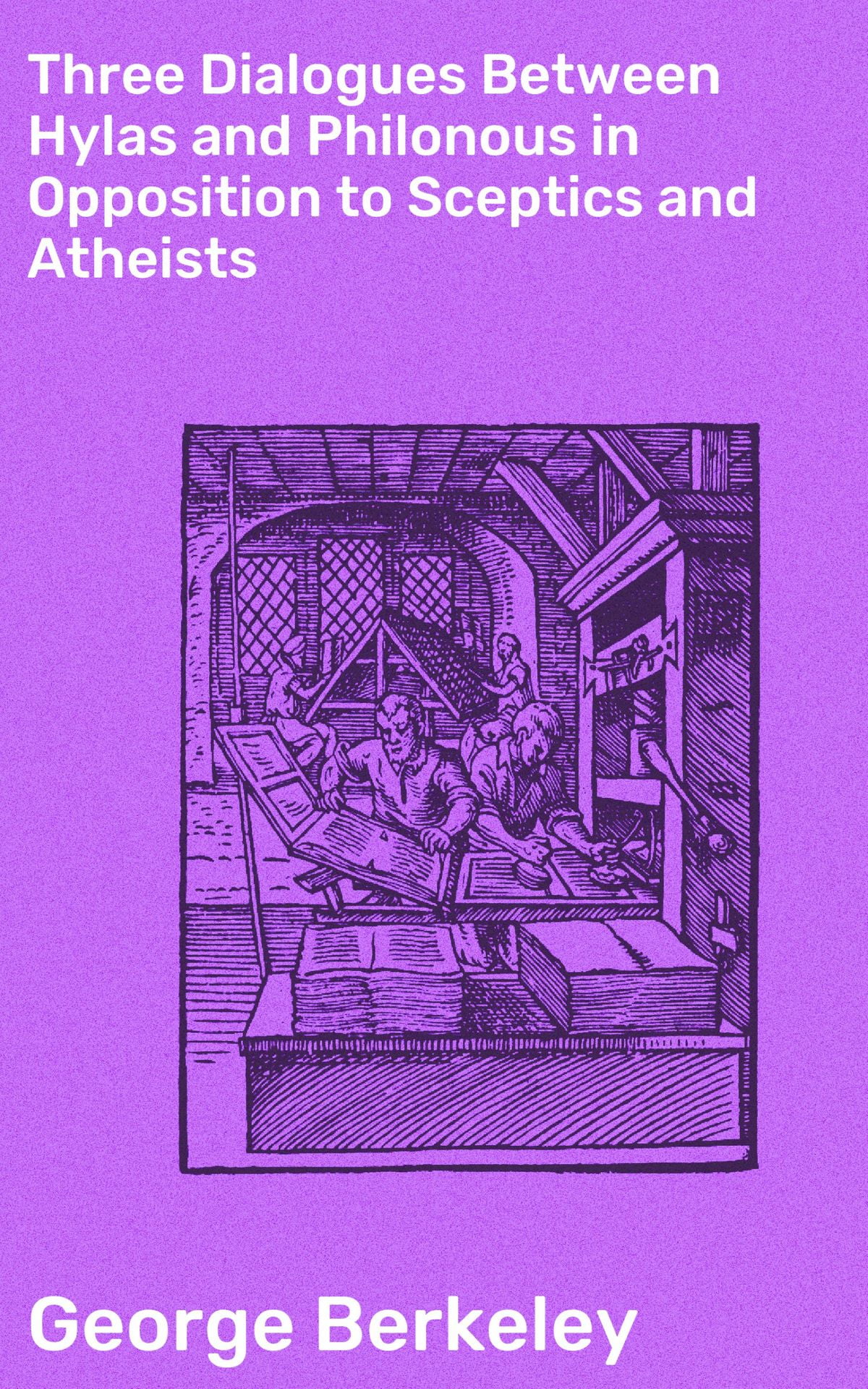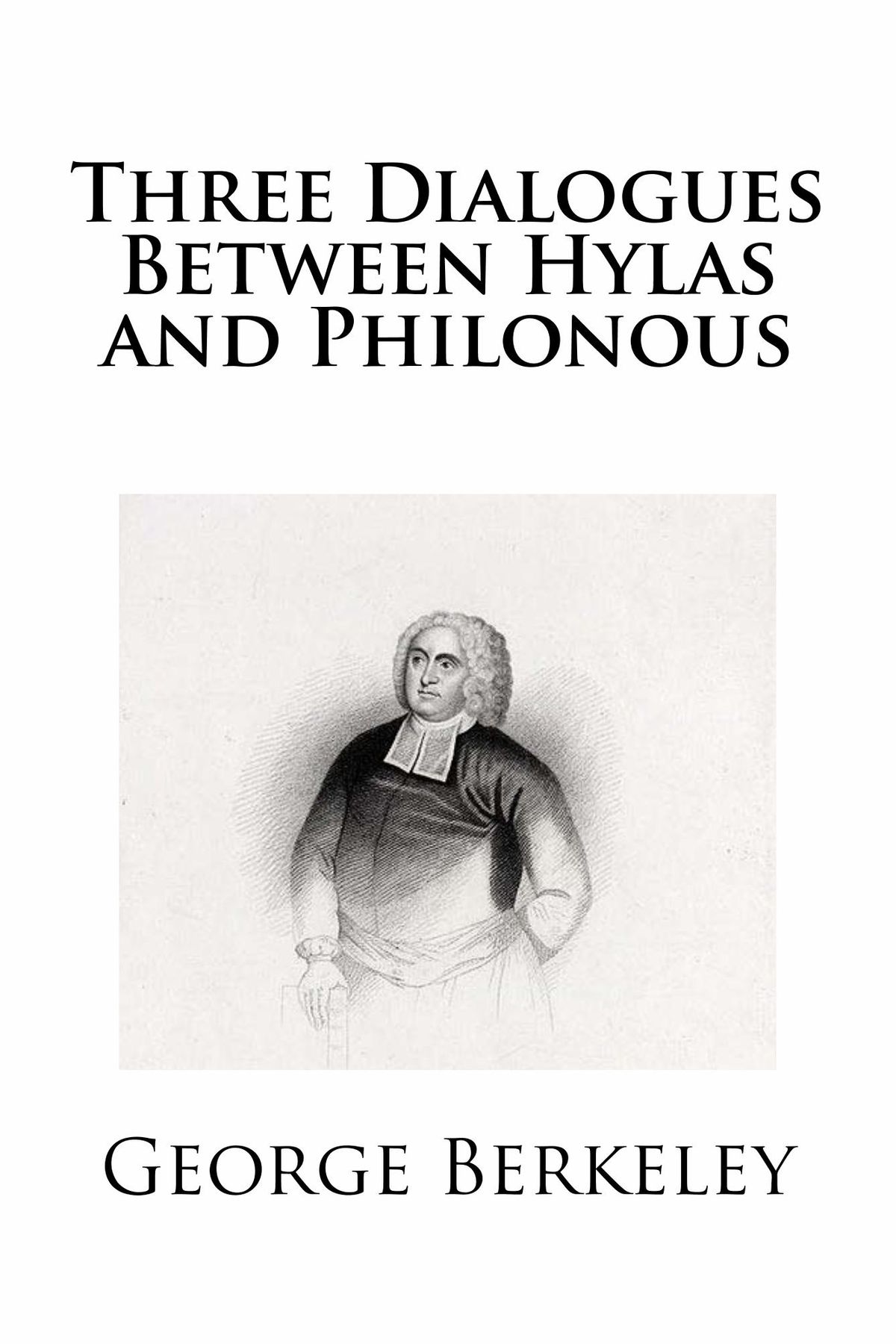

Set against a world view formed by Newtonian science and philosophers such as John Locke, Berkeley’s was a distinctive attitude: he did not deny that a table existed, but the key concept of it was based on the perceiver’s perspective and experience of it in the mind. In answer to this, Berkeley re-wrote the work in the form of three dialogues, casting himself as Philonous (derived from the Greek ‘lover of the mind’) in debate with Hylas (derived from the Greek for ‘matter’). It was published in 1710, but encountered robust criticism.


In his first book on the subject, A Treatise Concerning the Principles of Human Knowledge, Berkeley proposed that the physical world exists only in the experiences minds have of it. Three Dialogues between Hylas and Philonous in Opposition to Sceptics and Atheists was the final statement by the empiricist philosopher George Berkeley, Bishop of Coyne, (1685-1753) on his views concerning subjective idealism, couched in the famous statement ‘esse is percipi’ – to be is to be perceived (mixing Latin with a bit of English was Berkeley’s idiosyncracy!). THREE DIALOGUES BETWEEN HYLAS AND PHILONOUS


 0 kommentar(er)
0 kommentar(er)
